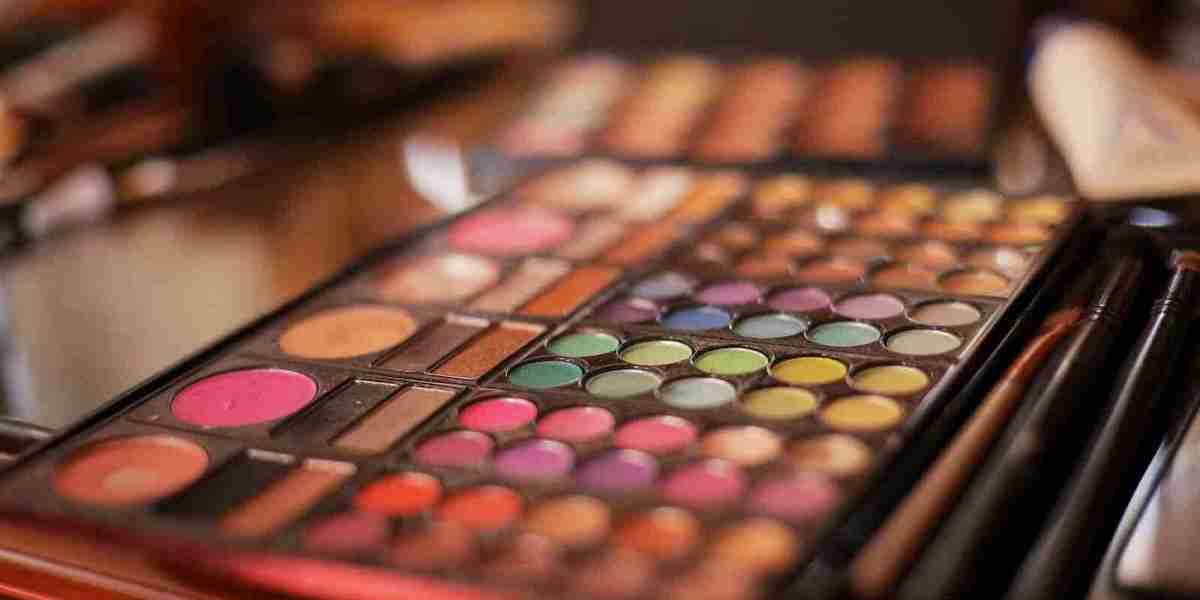The colour cosmetics industry has experienced impressive growth over the past few decades, driven by rising consumer demand, advancements in formulation technologies, and increasing social media influence. However, as the industry continues to evolve, regulatory standards governing colour cosmetics play a vital role in ensuring consumer safety, product transparency, and industry sustainability. This article delves into the significant role of regulatory frameworks, their importance, and challenges in the global colour cosmetics market.
The Importance of Regulation in the Colour Cosmetics Market
Regulations in the colour cosmetics market are designed to safeguard the health and safety of consumers. With makeup products like foundations, lipsticks, eyeshadows, and nail polishes applied directly to the skin, the risk of adverse reactions due to harmful chemicals is considerable. These regulations establish stringent quality benchmarks that manufacturers must adhere to while formulating and marketing their products.
Key agencies, such as the U.S. Food and Drug Administration (FDA), the European Medicines Agency (EMA), and the Bureau of Indian Standards (BIS), oversee and enforce these regulations worldwide. They control aspects such as ingredient safety, labelling accuracy, permissible colour additives, and banned or restricted substances.
For instance, in the European Union (EU), cosmetic regulations under EC Regulation 1223/2009 prohibit several chemicals due to their carcinogenic or harmful nature. In the United States, the FDA oversees a premarket review for colour additives and ensures their safe usage.
Regional Differences in Colour Cosmetics Regulations
Regulatory frameworks in the colour cosmetics market vary significantly across regions, creating a complex landscape for international manufacturers. While the EU enforces strict standards with bans on over 1,300 substances, other regions, like the United States, regulate fewer chemicals.
United States: The FDA mandates that all colour additives undergo premarket approval; however, general cosmetics do not need FDA pre-approval before entering the market.
European Union: The EU enforces one of the world’s most comprehensive cosmetic regulations, emphasizing consumer health and ingredient safety. Brands must prove the safety of ingredients through testing.
Asia-Pacific: Countries like Japan and South Korea have increasingly tightened their regulations, reflecting consumer preferences for clean beauty and transparency. China recently eased some animal testing requirements, marking a significant step towards cruelty-free products.
Regulatory Challenges for Colour Cosmetics Brands
Despite the benefits of regulation, cosmetic brands face challenges in maintaining compliance, particularly as they expand across borders. Key challenges include:
Cost of Compliance: Meeting stringent regulatory standards requires investment in testing, documentation, and quality assurance.
Variations in Global Standards: Different rules for permissible ingredients, labelling, and animal testing across countries complicate the manufacturing and distribution processes.
Rising Consumer Expectations: As demand for clean and natural cosmetics grows, brands must ensure that their ingredients meet regulatory requirements while aligning with consumer preferences.
Ensuring Transparency and Innovation Through Regulation
While regulations can be restrictive, they also drive innovation in the colour cosmetics market. Regulatory compliance pushes companies to develop safer, cleaner formulations, free from harmful substances. For example, the rise of plant-based ingredients and cruelty-free products reflects regulatory enforcement paired with consumer-driven market trends.
Transparency remains a central pillar in colour cosmetics regulation, requiring manufacturers to disclose accurate information regarding ingredients and possible allergens. Labelling rules ensure that consumers can make informed choices, enhancing trust in brands.
Future of Regulation in the Colour Cosmetics Industry
The future of colour cosmetics regulation is expected to focus on sustainable and ethical manufacturing practices. Innovations like green chemistry, biodegradable packaging, and certified natural and organic formulations will come under stricter scrutiny to ensure authenticity.
Moreover, governments may introduce unified global standards to facilitate smoother cross-border trade while prioritizing consumer health. As brands continue to emphasize ethical and transparent practices, a tighter regulatory landscape will ultimately promote market growth.




